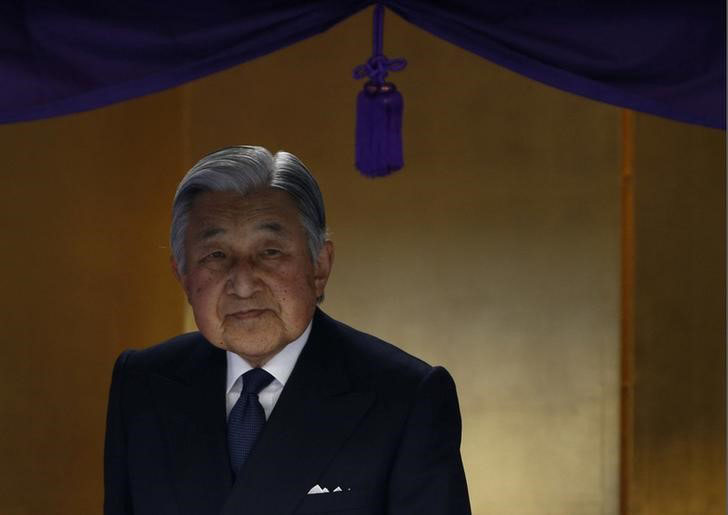On Jan. 23, the committee of experts appointed by Prime Minister Shinzo Abe to consider if and how Emperor Akihito should be permitted to abdicate announced its findings. While not containing any formal recommendations, their report unsurprisingly pointed to the solution the government had been mulling before they even went to work: a one-off statutory fix that would satisfy the current emperor's desire to be relieved of his duties but not institutionalize rules of abdication that could also be used by future occupants of the Chrysanthemum Throne.
Most foreign observers seem baffled by the apparent complexity of the issue — why not just let an 83-year-old monarch in declining health retire and live in peace? The vast majority of Japanese people are also reportedly in favor of allowing this to happen, so many of them are likely mystified as well.
It helps to understand that Article 2 of the Constitution, which declares that Imperial succession shall be "in accordance with the Imperial Household Law passed by the Diet," is the byproduct of some very significant history. Before the current charter was enacted Japan effectively had two constitutions: one for the people (the so-called Meiji Constitution of 1889) and one for the Imperial family. Being the rules the emperor set for his own family, this latter constitution could not be changed by the Diet. These rules, modified to comport with the new Constitution, are what is now called the Imperial Household Law (though in Japanese it is not called a "law"). Article 2 thus reflects the clear — indeed, revolutionary — subordination of the Imperial system to the Diet.



